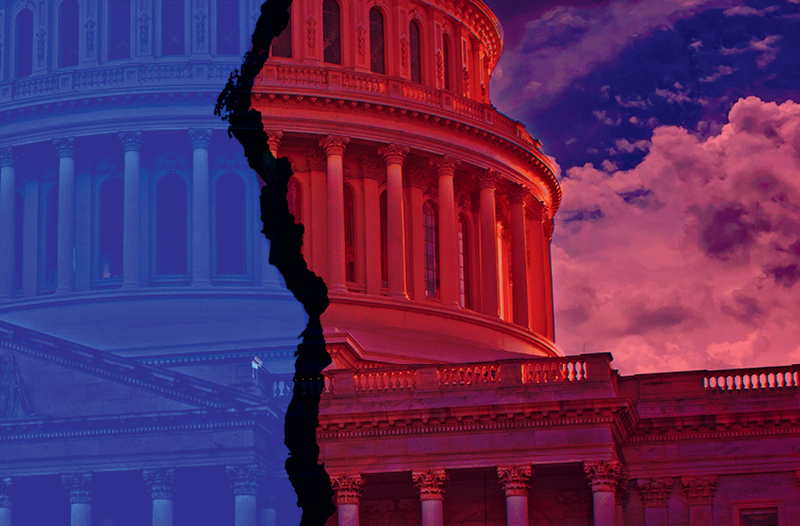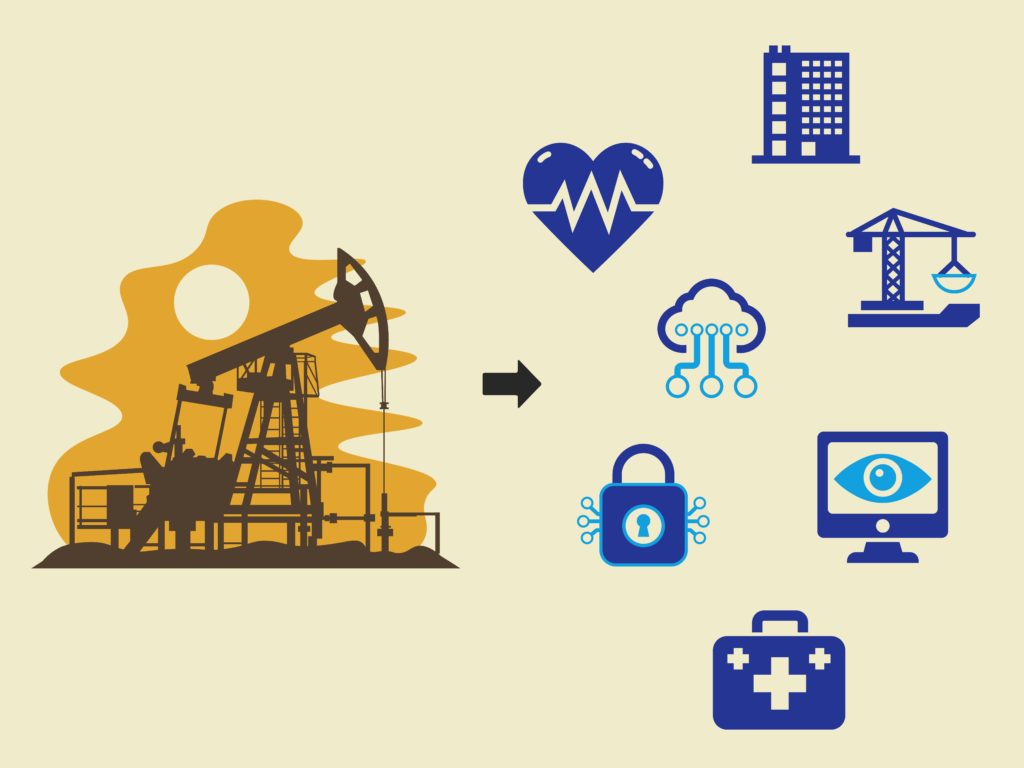
Climate Disclosure Reporting Not Dead Yet

In late March, the U.S. Securities and Exchange Commission (SEC) abandoned its defense in litigation challenging the extensive climate disclosure reporting rules (the “SEC Climate Rule”) enacted during the Biden administration.
The federal rules thus are dead, at least for now.
In fall 2023, however, California enacted a parallel disclosure regime in part as a fallback in case the SEC rules did not take effect. The California requirements are scheduled to take effect starting Jan. 1, 2026. Last month, a federal district court in California denied a motion to enjoin enforcement of those new rules. Absent a successful appeal, it appears the new California climate disclosure regime will move forward, at least for now.
Like the SEC Climate Rule, the California regime has two components. The state Climate Corporate Data Accountability Act (SB 253) requires entities with more than $1 billion in annual revenues that do business in California to comprehensively disclose their greenhouse gas emissions.
The Climate Related Financial Risk Disclosure Act (SB 261) requires a broader set of covered entities—those with more than $500 million in annual revenues that do business in California—to publicly report their climate-related financial risks and impacts. It is critical to note, however, that business entities regulated by the California Department of Insurance and entities engaged in the business of insurance in any other state are excluded from the “covered entity” definition and thus are not subject to the SB 261 disclosure regime.
The state agency responsible for implementing and enforcing these new requirements, the California Air Resources Board (CARB), estimates that 2,596 businesses are subject to the new SB 253 requirements and 4,160 businesses to the SB 261 mandate. It acknowledges that these estimates, although oddly specific, may not be accurate.
Here’s what you need to know about the California program now, along with what we still do not know.
Greenhouse Gas Emissions Disclosure
SB 253 directed CARB to issue implementing regulations by Jan. 1, 2025, a deadline that obviously has come and gone. CARB says it intends to issue proposed rules on Oct. 24; that it will conduct public hearings on these proposed rules on Dec. 11 and 12; and that its targeted deadline for covered entities to make their initial Scopes 1 and 2 emissions reports is June 30, 2026. Businesses therefore do not have any immediate reporting obligations but—absent legislative or court intervention—the compliance clock is now officially ticking.
Like the SEC Climate Rule, SB 253 ultimately requires reporting on three classes of emissions:
- Scope 1: all direct greenhouse gas emissions that stem from sources that a reporting entity owns or directly controls, regardless of location, including, but not limited to, fuel combustion activities;
- Scope 2: indirect greenhouse gas emissions from consumed electricity, steam, heating, or cooling purchased or acquired by a reporting entity, regardless of location; and
- Scope 3: indirect upstream and downstream greenhouse gas emissions, other than Scope 2 emissions, from sources that the reporting entity does not own or directly control. These may include, but are not limited to, purchased goods and services, business travel, employee commutes, and processing and use of sold products.
Scope 3 emissions disclosures are the most controversial given the difficulty in obtaining the requisite data from third parties. When the law was enacted, California Gov. Gavin Newsom (D) promised that efforts would be made to ensure that the disclosure burdens are reasonable, and CARB will have an opportunity to consider that when its rulemaking expands to the Scope 3 disclosure obligations later in 2026.
Climate-Related Financial Risk Disclosure
SB 261 was modeled on existing climate disclosure rules used by the state’s teachers’ retirement fund and hundreds of major financial institutions. According to the legislation’s sponsors, it is intended to protect consumers and investors from financial threats caused by climate-related disruptions to supply chains, workforces, and infrastructure.
While there are no SB 261 implementing rules yet, either, the statute has been deemed to be self-effectuating and covered entities must post initial reports by Jan. 1, 2026. Reports must be updated every other year thereafter.
Under the terms of the statute, a company report that comports with the now-disbanded Task Force on Climate-Related Financial Disclosures (TCFD) framework or a similarly accepted framework may be relied upon—at least in the absence of implementing regulations— to satisfy the SB 261 requirements. The expectation is that TCFD reports—which emphasized reporting in the areas of governance, strategy, risk management, and metrics and targets—will be the prevalent initial compliance protocol.
CARB announced that a webpage “public docket” will be available starting on Dec. 1, 2025, for covered entities to post links to their SB 261 reports.
The Known Unknowns
As CARB has conceded, the two disclosure statutes are filled with terms that are un- or ill-defined, and much work remains to flesh out what exactly will be needed to be deemed in compliance. To be a “covered entity” under either regime, for example, how is “revenue” determined? What is the trigger for “doing business in California” and how will corporate families be determined or treated?
SB 253 also incorporates protocols developed by international nongovernmental organizations like the World Resources Institute and the World Business Council for Sustainable Development. The manner in which CARB incorporates those protocols into its final regulations remains to be seen and will be an area of intense scrutiny.
The Unknown Unknowns
Under both SB 253 and SB 261, penalties can be imposed for noncompliance—up to $500,000 per reporting year for failure to file under SB 253 and up to $50,000 per reporting year for failure to post under SB 261. Both statutes have grace periods that will insulate reporters from penalty as long as they make good faith efforts to satisfy the reporting obligations.
California is the first state, though, to statutorily require such climate disclosure reporting, and companies that report will now face a new level of regulatory scrutiny and penalty exposure for those reports. How that will work in practice will be one of the things to watch most closely as rule implementation moves forward.
The Courts
In January 2024, the U.S. and California Chambers of Commerce led filing of litigation against CARB challenging both laws, asserting that they violate the U.S. Constitution’s Supremacy Clause, Dormant Commerce Clause, and First Amendment. The U.S. District Court for the Central District of California immediately dismissed the Supremacy and Dormant Commerce clauses challenges but allowed the First Amendment claim to proceed.
The Chambers argue that the laws violate First Amendment rights because they “compel companies to publicly express a speculative, noncommercial, controversial, and politically-charged message that they otherwise would not express.” Last month, the district court rejected this claim and denied the Chambers’ motion to enjoin enforcement of the two laws, concluding that commercial speech regulation that requires only disclosure of “purely factual and uncontroversial information” generally is permissible under the applicable First Amendment jurisprudence where there is a legitimate state interest in imposing the requirement. The court found that the state’s interests in protecting investors and in reducing greenhouse gas emissions sufficient to satisfy that standard.
What’s Next?
Expect an appeal. The Chambers will argue that these laws are not purely factual; that the conjecture required to satisfy the disclosure obligations is anchored in a political perspective that is not “uncontroversial”; and that any state interests are insufficient to impose these extensive disclosure obligations. At some point, this controversy will wind its way to the U.S. Supreme Court, and then all bets are off.
Until then, though, if you are a company that likely exceeds the revenue thresholds and does business in California, you probably should be at least putting yourself in a position to comply.




